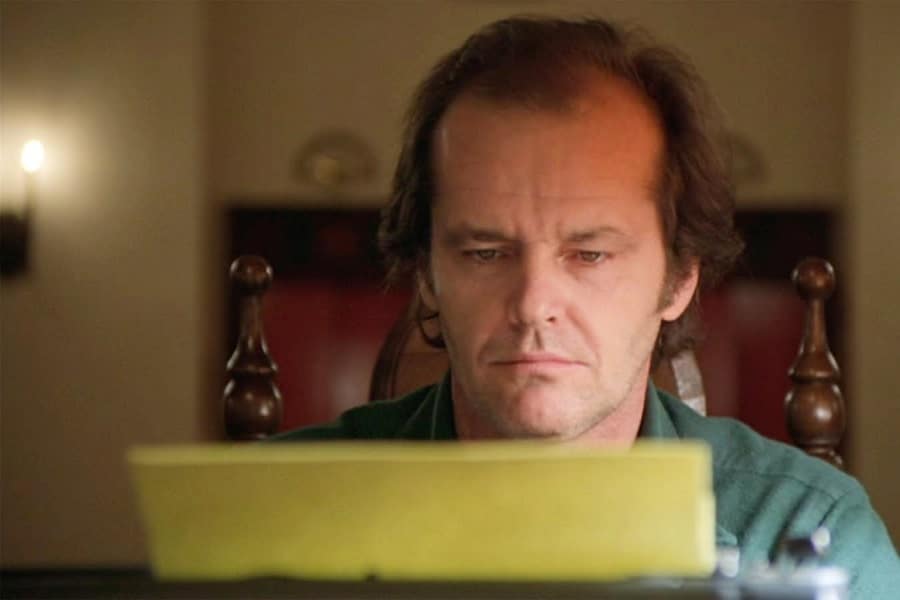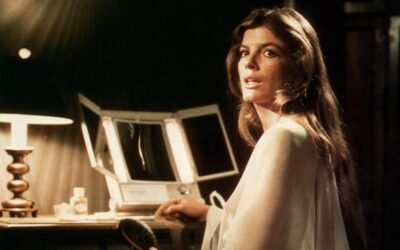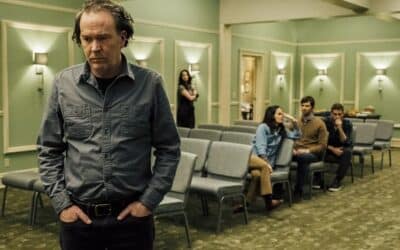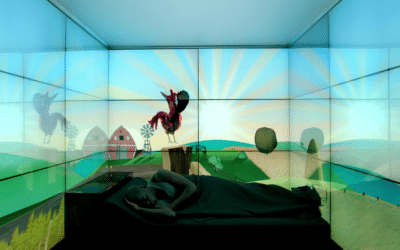
A Dance with Shadows
Welcome, fearless voyagers, to the darkened corners of the human psyche, the hushed whispers echoing in the lonely corridors of our minds. You’ve stumbled upon a realm where fear is a currency, the uncanny is the norm, and monsters lurk in the deepest recesses of our imaginations. You’ve arrived at the juncture of literary horror.
Unlike its gory, shriek-inducing cousins, the slasher movies and the thriller novels that rely on grotesque and visceral displays of violence to induce terror, literary horror adopts a more nuanced approach. It prefers to tap into the anxieties and existential fears that reside deep within our minds, using language and plot as its tools of choice. It pries open our thoughts, whispers into our fears, and masterfully transforms the familiar into the eerily unfamiliar.
Stephen King, the incontestable maestro of the genre, in his book “Danse Macabre”, defines horror as something that reminds us of our mortality, of the fact that the universe doesn’t care. He has continually used his platform to explore the fears and horrors that plague the common man, spinning tales that tread the fine line between the tangible and the supernatural. In his world-renowned novel, “The Shining,” he tells a story that intertwines the terror of losing control, of parenthood and the fear of legacy with the supernatural elements of the haunted Overlook Hotel. It is a tale that cuts close to the bone, its horror derived not just from the otherworldly but from the frighteningly human.
Equally revered in the pantheon of horror writers is Edgar Allan Poe, whose stories are filled with haunted souls and hideous secrets. A pioneer of the genre, Poe’s works like “The Tell-Tale Heart” or “The Fall of the House of Usher,” are chilling accounts of mental descent and the terror of the human mind, making them seminal works of psychological horror.
Literary horror is not bound by the constraints of the printed page. Cinematic masterpieces have also embraced this genre, elegantly demonstrating that a well-placed pause or a lingering shot can evoke the same existential dread as a beautifully written sentence. Stanley Kubrick’s adaptation of “The Shining” excels in this regard, translating King’s story into a visually haunting narrative that explores isolation and madness.
Similarly, the iconic movie “Rosemary’s Baby,” directed by Roman Polanski, uses the paranoia of the protagonist to weave an atmospheric horror story. It is a film where the terror arises from the suspense and dread, from the question of what is real and what isn’t, rather than relying on jump scares or explicit violence.
The genre of literary horror continues to evolve, expanding its terrifying tableau with fresh narratives and contemporary fears. Recent novels like Paul Tremblay’s “A Head Full of Ghosts” and films like Jordan Peele’s “Get Out” speak to this evolution, echoing the underlying social commentaries and using them to further the genre’s foundational principles of psychological exploration.
In Tremblay’s novel, the story revolves around the uncertainty of reality and the disintegration of a family unit due to an alleged demonic possession. By questioning the reality of the supernatural elements, it pushes the reader to question their understanding of the plot, their perception of reality itself, all the while establishing a creeping dread that intensifies as the story progresses.
On the other hand, Peele’s film “Get Out” uses the genre to highlight racial tensions and microaggressions. The horrors experienced by the protagonist are far from supernatural but stem from the unsettling experiences of being an outsider, of being othered.
As such, literary horror continues to unmask the darkest aspects of human existence. It explores our fears and our anxieties, forcing us to confront the things that terrify us the most – our mortality, our sanity, and our humanity. It is a genre that holds up a mirror to our deepest fears, transforming them into narratives that can chill us to our very bones.
So venture deeper, brave explorer, into the labyrinth of literary horror, where every page turned and every scene played is an invitation to look within and confront the unseen. Perhaps, in that confrontation, you might discover that the real horror isn’t in the ghosts or the ghouls, the haunted houses, or the creepy crawlies, but in the dark, unexplored recesses of our own minds. That is the power and the beauty of literary horror, and its enduring allure.
More Horror Features
1970s Horror
The 1970s may be gone, but the fear they inspired remains
Horror Through the Ages
A Journey Through Time and Terror
Technology in Horror
When gadgets become nightmares



